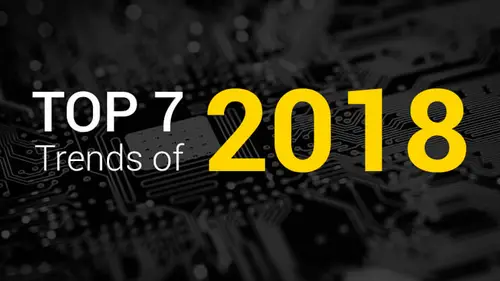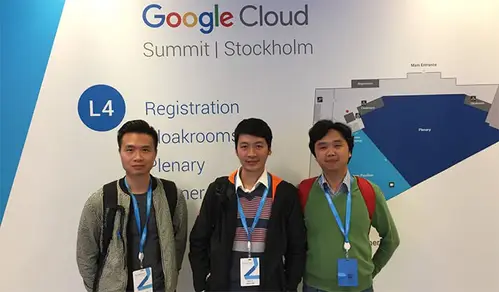Judging from its current development speed, the Internet of Things will bring cloud computing and storage to its limits very soon. The IoT already produces almost unfathomable amounts of data every day. However, projections suggest that this will grow exponentially.
The IDC study ‘Data Age 2025’ projects that in 2025, 163 zettabytes (ZB) of data will be created. Let’s put this into perspective: the entirety of hard drives shipped over the last 20 years are able to store 4 ZB. Much of this growth will stem from real-time data, most of which will be created by the IoT.
The IoT by definition is based in the cloud. The connected things that give the tech its name send the data they produce into cloud-based storage, where various services can utilize them further. As the IoT gains importance, the number of these devices will rise dramatically. Again according to the IDC, 212 billion ‘things’ will be connected to the IoT by 2020. Not only will their number grow, but so will their capabilities, meaning a single device may be able to produce different kinds of data simultaneously, adding to the tidal wave.
One thing is already clear: no one kind of storage will be able to deal with this anytime soon. Not cloud, not traditional or flash memory, not internal device memory. It will take a combination of these technologies.
Also, developers will need to set priorities. Which types of data really need to be transferred to permanent storage? Which types can stay in a device’s memory and be processed from there? Edge computing, meaning the use of data and processing power at the system’s ‘edge’ without having to send it back to the data center, will play an important role in this development.
In anticipation of the IoT revolution, companies will have to invest large sums of money in order to get rid of their legacy storage systems and build state-of-the-art data centers. This is essential not only because of the limited storage space available in these systems, but also because of the bandwidth that will become necessary to adequately deal with the many disparate kinds of IoT data.
However, hardware is not the only segment that is facing huge changes. As more and more different types of data are being produced, we will need more software to deal with them. This will not only impact scientific or ‘smart city’ applications, but e-commerce too.
Major CMS and e-commerce platform developers like Episerver and Sitecore have started to implement better support for IoT solutions into their platforms by improving their API capabilities to query or update date from external systems, demonstrating their awareness of the development and the steps they are taking to face it. Future versions will surely include even more support for the IoT. However, there’s still much to be done.
If your company is planning a project that involves IoT, contact us now. Niteco can help you to choose the right CMS and commerce solutions for your needs. Our experts can advise you on which platform is the best one for your project and its future.
to transform your business and drive results?



